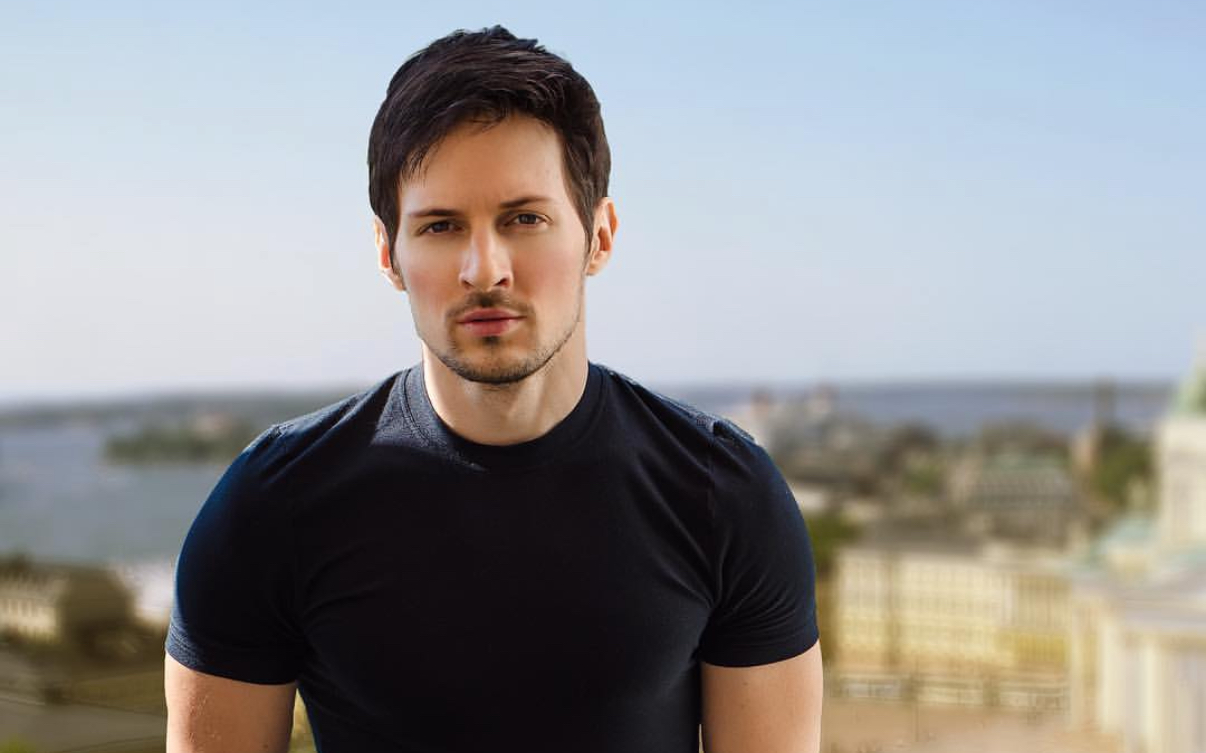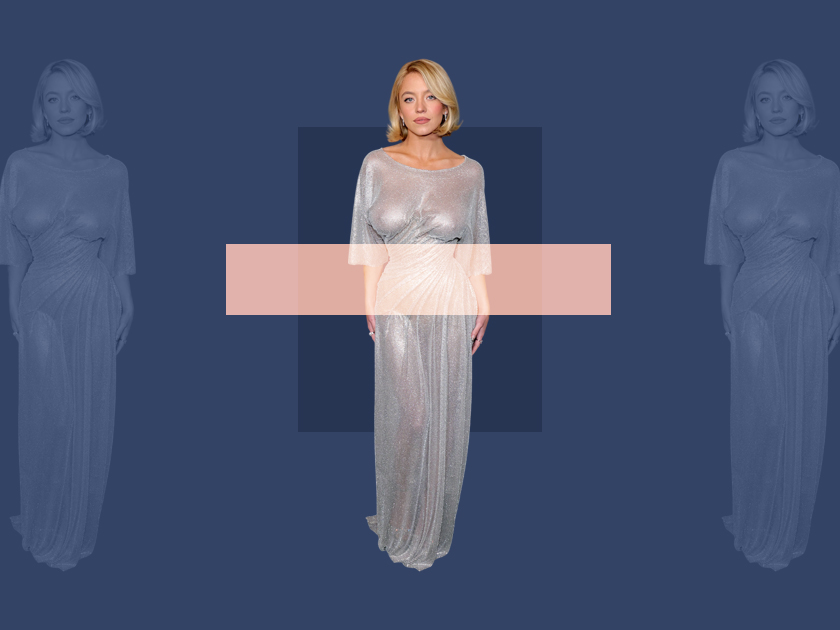From college benches to university amphitheatres, physics-chemistry and mathematics courses speak of the same great figures of science: Pythagoras, Newton, Galileo or even Edison. So many names of scientists at the origin of great scientific advances, which unfortunately they make those of their sisters invisible.
Apart from Marie Curie, whose name is known to all, it is true that too few women are represented in the history of science. Today, Madmoizelle and the Advance Contest introduces you to four women whose names and stories deserve to be known.
Hedy Lamarr (1914-2000): actress and inventor
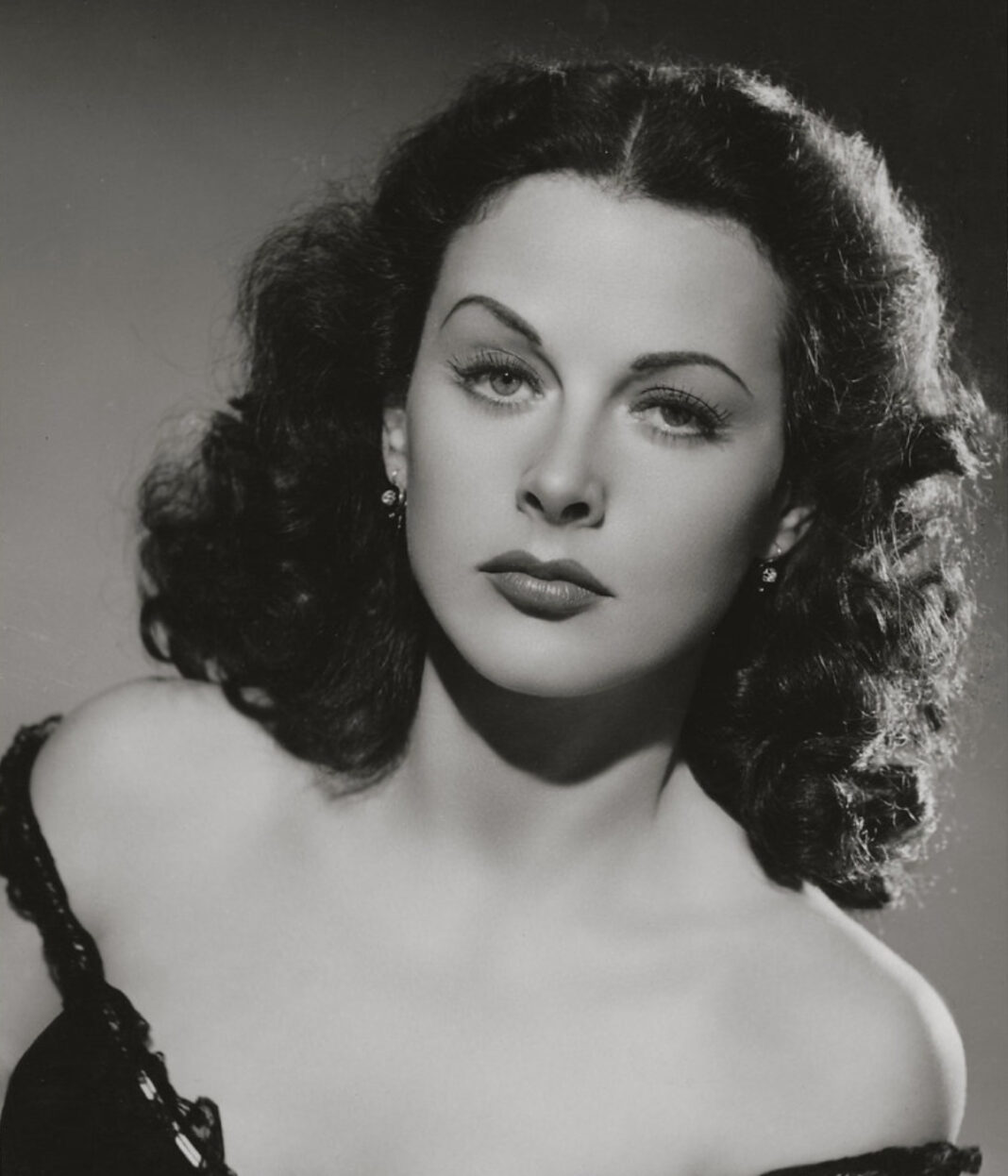
Hedy Lamarr, an Austrian naturalized American actress, became passionate about arms after marrying an arms dealer. One evening she meets the pianist George Antheil. Together, in 1941 they designed a communications encryption system for which they have filed the patent under the name of “Secret Communication System”. Unfortunately, Hedy Lamarr and George Antheil’s invention went completely unnoticed at the time. It was more than 20 years later, in the early 1960s, that the Army found a use for this system. Then, in 1997, Hedy Lamarr received the Electronic Frontier Foundation award for her invention.
Our contemporary age owes a lot to him, since his invention laid the foundations that led to the birth of Wi-Fi and mobile telephony. And yes, you’re probably reading this article thanks to Hedy Lamarr, without even knowing it (well, now you are).
Rosalind Franklin (1920-1958): molecular biologist
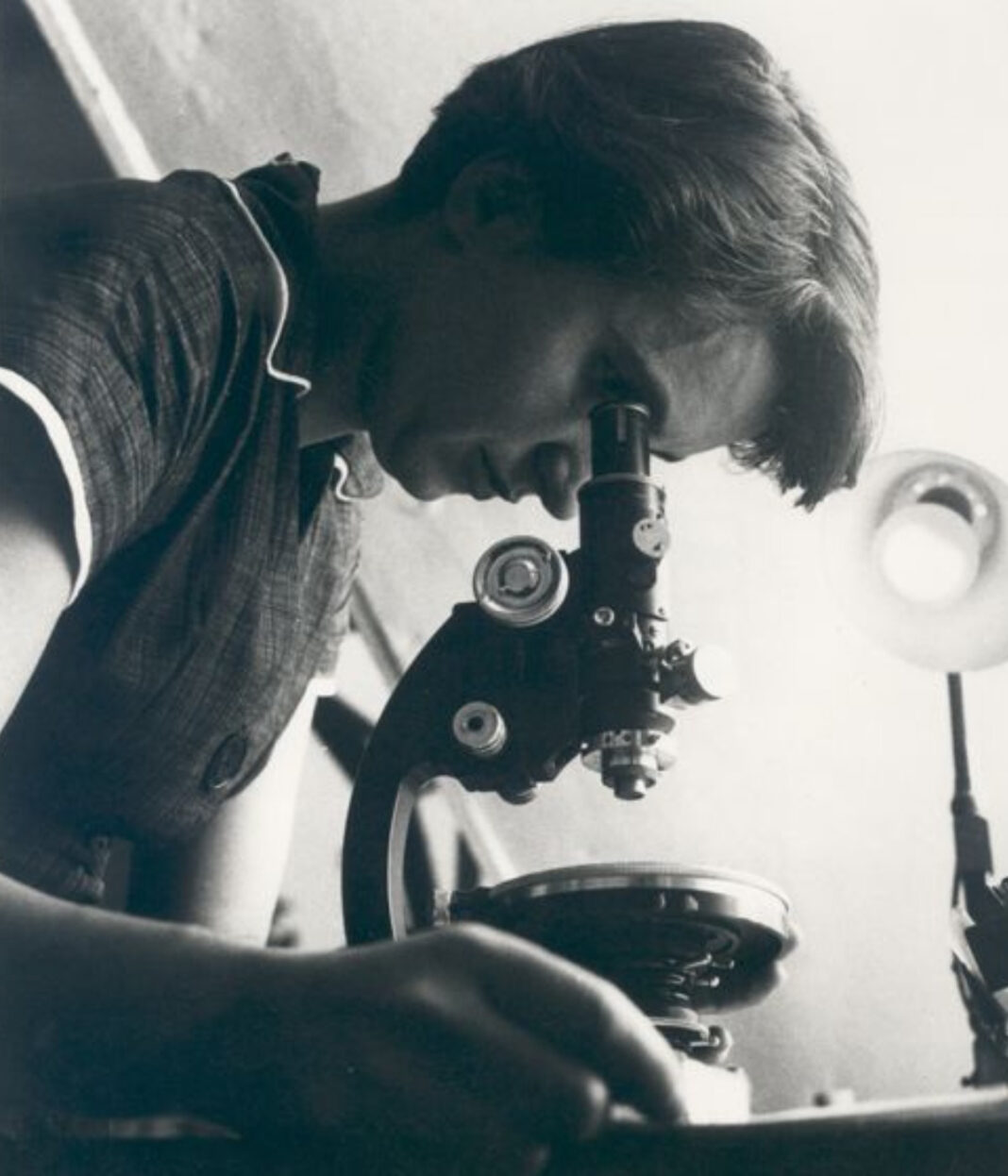
DNA, with its full name “Deoxyribonucleic acid”, owes the discovery of its structure to the scientist Rosalind Franklin.
A brilliant British biologist, Rosalind moved to France after the Second World War to work in the central laboratory of the state chemical services.
Returning to London in 1951, she worked alongside Maurice Wilkins on the structure of DNA. Two years later, when she announced she wanted to leave the team due to the bad working climate, her photographs were entrusted to her colleague Maurice Wilkins and James Dewey Watson.
Rosalind died in 1958, before Watson and Wilkins won the Nobel Prize in Medicine for his work. During their speech, Rosalind Franklin’s name will not even be mentioned. Another typical and very infuriating example of the invisibility of women in the scientific sphere.
Katherine Johnson (1918-2020): mathematics and astrophysics
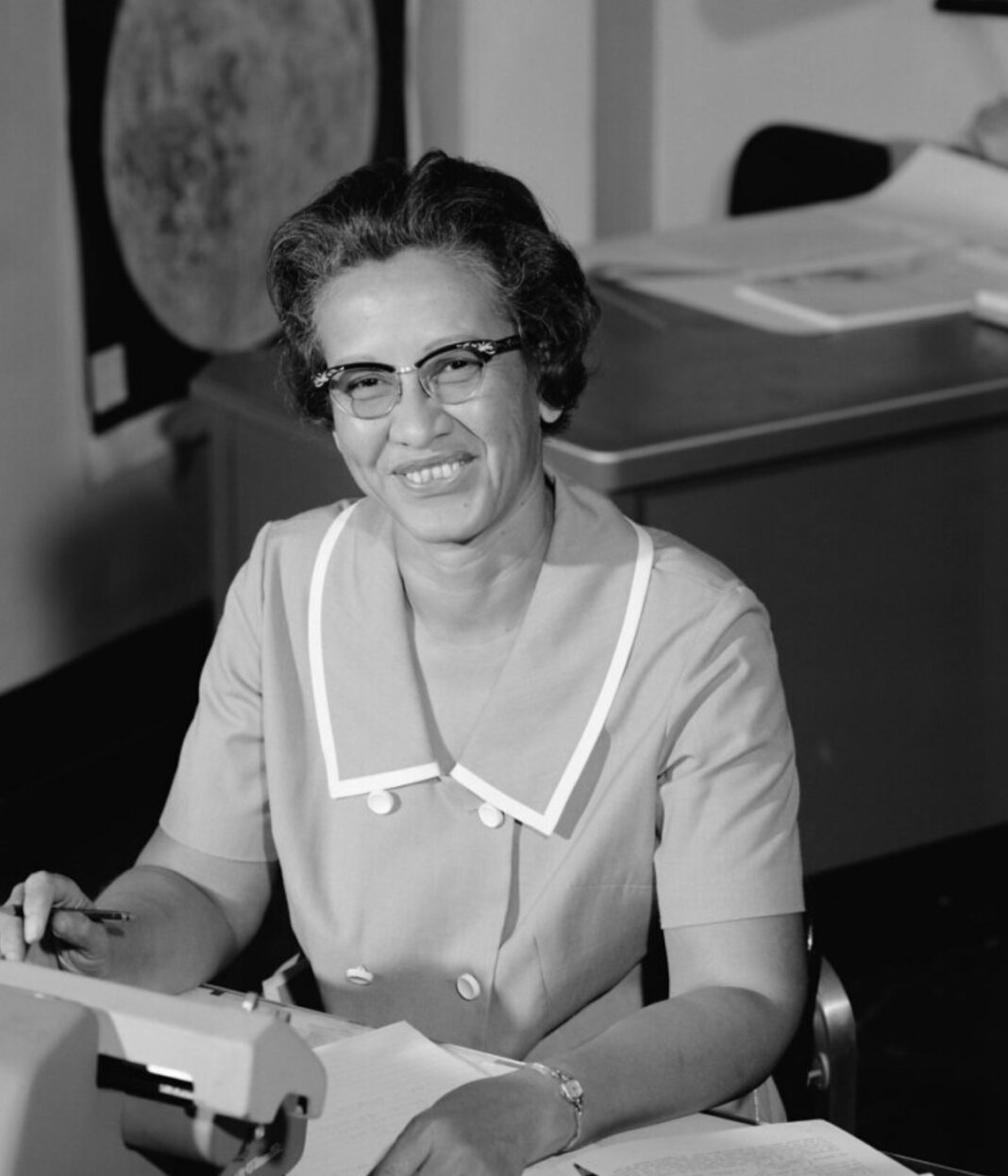
This name, you may have heard before. In 2020, the year of his death, NASA has honored Katherine Johnson for her work which allowed progress in the project of manned flight to the Moon.
Katherine Johnson fell victim to the classic racial prejudice and misogynism of the 1950s, but still landed a position on a women’s team at NASA in 1953. Then, from 1958, she evolved as an aerospace engineer. It is she who calculates the trajectory of the space flight of Alan Shepard, the first American sent into space during the Mercury program in 1961.
Want to know more about this astrophysicist genius? His journey is honored in the film Figures from the shadowsdirected by Theodore Melfi in 2016, in which her character is one of the three heroines of the film.
Mae Jemison (1956): engineer, physician, professor and astronaut
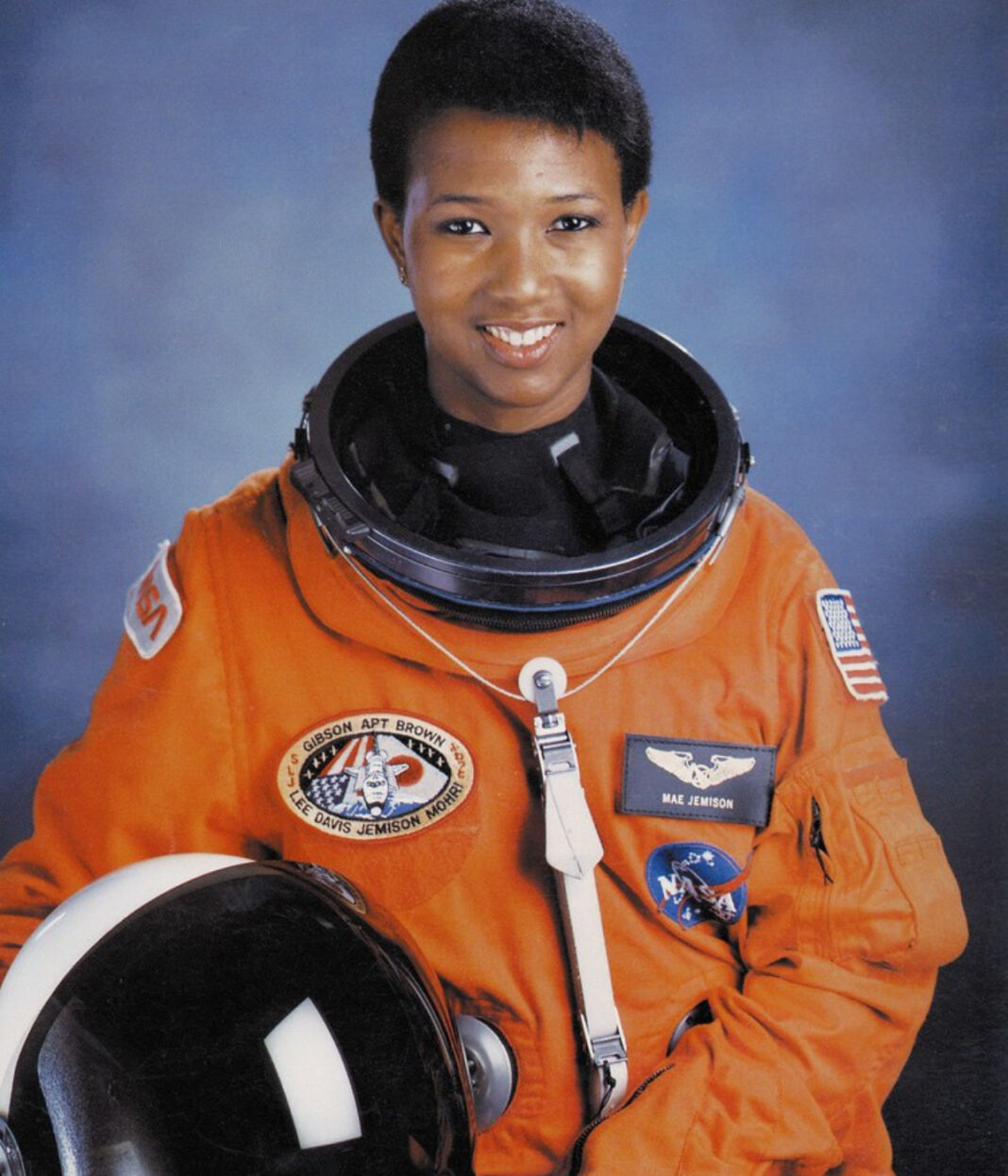
Mae Jemison entered Stanford University when she was 16 years old. She received her chemical engineering degree in 1977, then her medical degree four years later.
After earning these titles, she joined the Peace Corps and served there for two years as a medic with volunteers in Liberia and Sierra Leone. In summary, she has a solid track record.
But it’s not his excellent and ethical background that explains the reputation he deserves. Mae Jemison is the first African American woman to set foot in space aboard the space shuttle Endeavour. For the record, she also brought along a photo of Bessie Coleman, the first black woman to be licensed as a pilot.
A true icon of feminist and egalitarian values who, like other 20th century scientists, had to face many gender stereotypes.
What if your name is added to the list?
As you may have guessed, traditionally (because of sexism) male scientists occupy the vanguard of the world scientific scene. Women find themselves hidden, invisible, forgotten. Fortunately, these professions are becoming increasingly feminised. But for it to work, the right habits must be formed right from training.
Precisely, some schools stand out for their women’s and feminist initiatives. This is the case of the four engineering schools in Advance Competition (EPITA, ESME, IPSA and Sup’Biotech) which, for the second consecutive year, they organize Yes she can February 8, 2023. This phygital event aims to put an end to received ideas about engineering and a reminder that women have their place in these professions.
New this year: the “Sisterhood”, a device of sponsorship between new students and alumni. Advice and support will thus shake up the new life of female students in engineering schools and even further into the professional career.
Whether you are interested in engineering studies, have questions about student life or are just curious, this live stream will answer all your questions. Attention, it is accessible only after registration by clicking on the link above.
You now have all the cards in hand to orient or reorient yourself in the engineering professions in the most serene way possible.
Photo credits of one: Pexels / RF._.studio
Do you like our media? Tell us about it in this survey!
Source: Madmoizelle
Mary Crossley is an author at “The Fashion Vibes”. She is a seasoned journalist who is dedicated to delivering the latest news to her readers. With a keen sense of what’s important, Mary covers a wide range of topics, from politics to lifestyle and everything in between.


